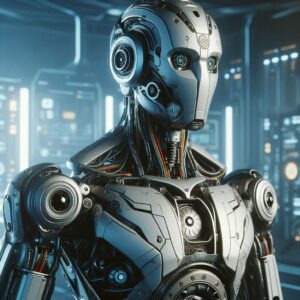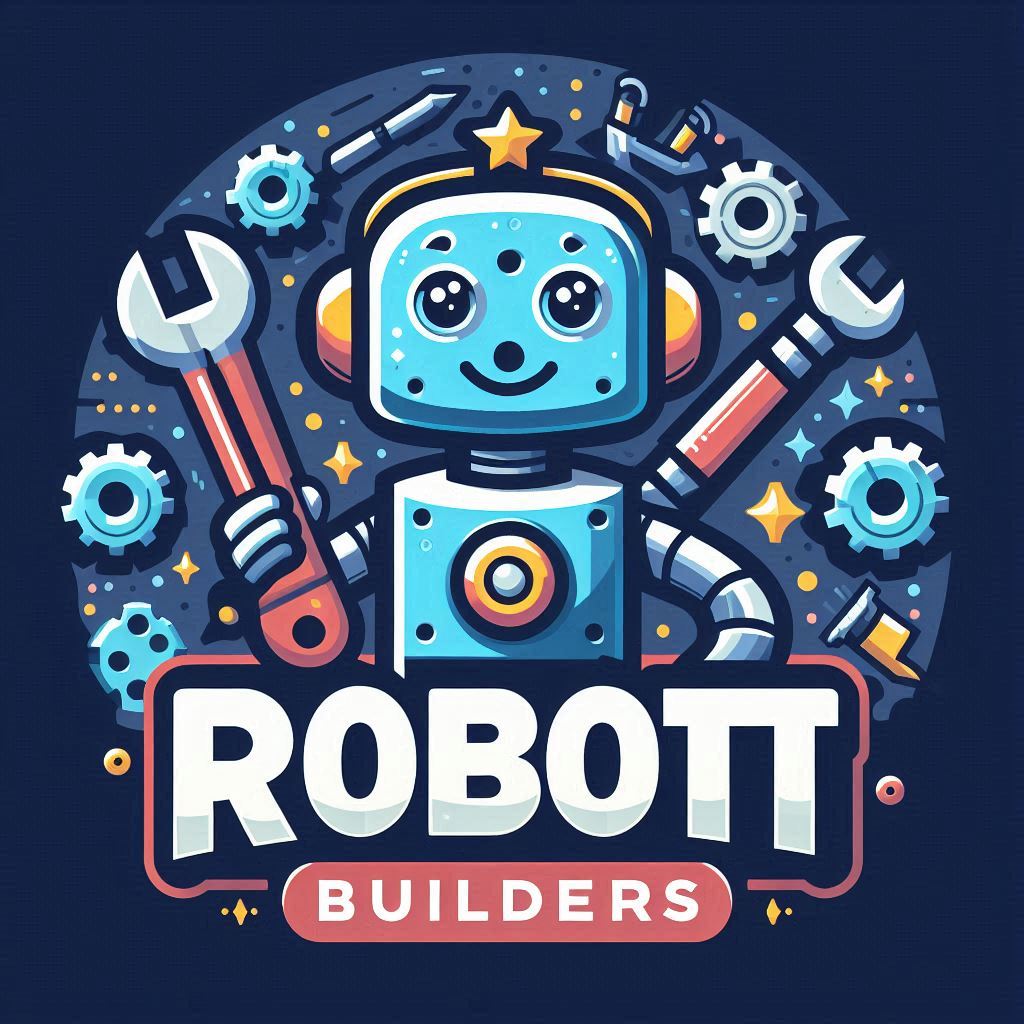Designing a robot is more than just assembling parts—it’s about creating a seamless blend of functionality, efficiency, and aesthetics. Whether you’re a seasoned engineer or a robotics enthusiast, understanding the elements that make up exceptional robot design is essential. In this guide, we’ll explore expert tips to help you create a robot that stands out in performance and appeal.

1. Clear Purpose and Objectives
Every great robot design starts with a clear understanding of its purpose. Before diving into the technicalities, ask yourself:
- What is the robot’s primary function? Examples: A delivery robot, a factory worker, or an exploration rover.
- What problem does it solve? A well-defined purpose ensures the design aligns with the robot’s goals.
Pro Tip:
Focus on specific user needs or industry challenges when defining objectives. A purpose-driven design is always more impactful.
2. Compact and Functional Hardware
The physical design of a robot plays a crucial role in its performance. A compact, functional layout ensures efficiency and reliability.
Key Considerations:
- Size and Weight: Keep the robot lightweight yet sturdy, especially if mobility is a key factor.
- Materials: Use durable yet cost-effective materials like aluminum, carbon fiber, or ABS plastic.
- Modularity: Design components that are easy to replace or upgrade to ensure longevity.
3. Intelligent Motion and Navigation Systems
Robots rely on intelligent motion mechanisms to interact with their environment. Whether it’s wheels, legs, or tracks, the choice should align with the robot’s purpose and terrain.
Best Practices:
- Use sensors like LIDAR, ultrasonic, or infrared for obstacle detection.
- Implement precise motors or actuators for smooth, controlled movements.
- Opt for adaptive algorithms that enable real-time decision-making.
4. User-Friendly Interface
Even the most advanced robot needs to be accessible to its users. Designing a user-friendly interface ensures ease of operation and enhances user satisfaction.
Features of a Great Interface:
- Intuitive Controls: Use touchscreen panels, mobile apps, or voice commands for interaction.
- Feedback Systems: Include LEDs, sounds, or haptic feedback to indicate status or errors.
- Customizability: Allow users to modify settings based on their specific requirements.
5. Energy Efficiency
Energy-efficient designs not only prolong the robot’s operational time but also contribute to sustainability.
How to Optimize Energy Usage:
- Choose energy-efficient motors and processors.
- Incorporate renewable energy options like solar panels.
- Optimize software algorithms to reduce power consumption.
6. Safety First
A great robot design prioritizes safety, especially when interacting with humans or operating in challenging environments.
Safety Features to Include:
- Collision Detection: Equip the robot with sensors to prevent accidents.
- Emergency Stops: Ensure accessible emergency stop buttons.
- Fail-Safe Systems: Design for safe shutdown in case of malfunctions.
7. Aesthetic and Ergonomic Design
First impressions matter, even for robots. A visually appealing and ergonomic design increases user adoption and enhances the robot’s functionality.
Tips for Great Aesthetics:
- Use clean lines and minimalistic designs for a modern look.
- Choose colors and finishes that align with the robot’s purpose (e.g., sleek metallic for industrial robots, bright hues for educational bots).
- Ensure ergonomic considerations, such as comfortable grips for robot arms or safe access panels.
8. Robust Software Integration
Behind every great robot is powerful software. Ensure your design is backed by reliable, efficient, and adaptable software solutions.
Essential Software Features:
- Real-Time Processing: For immediate responses to environmental changes.
- Scalability: Allow easy upgrades or feature additions.
- Integration: Ensure compatibility with external systems like IoT platforms or AI solutions.
Conclusion: Designing Robots that Excel
Great robot design is a harmonious blend of purpose, functionality, and aesthetics. By prioritizing clear objectives, intelligent systems, and user-friendly features, you can create a robot that not only meets but exceeds expectations. Keep these expert tips in mind, and let your creativity and technical skills lead the way to outstanding designs.
Whether your robot is built for industry, education, or exploration, thoughtful design will always set it apart.
